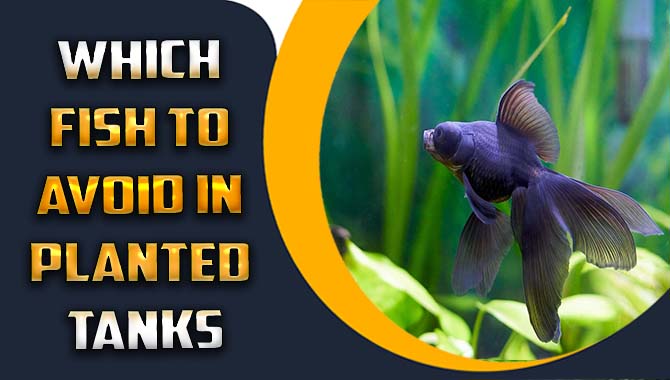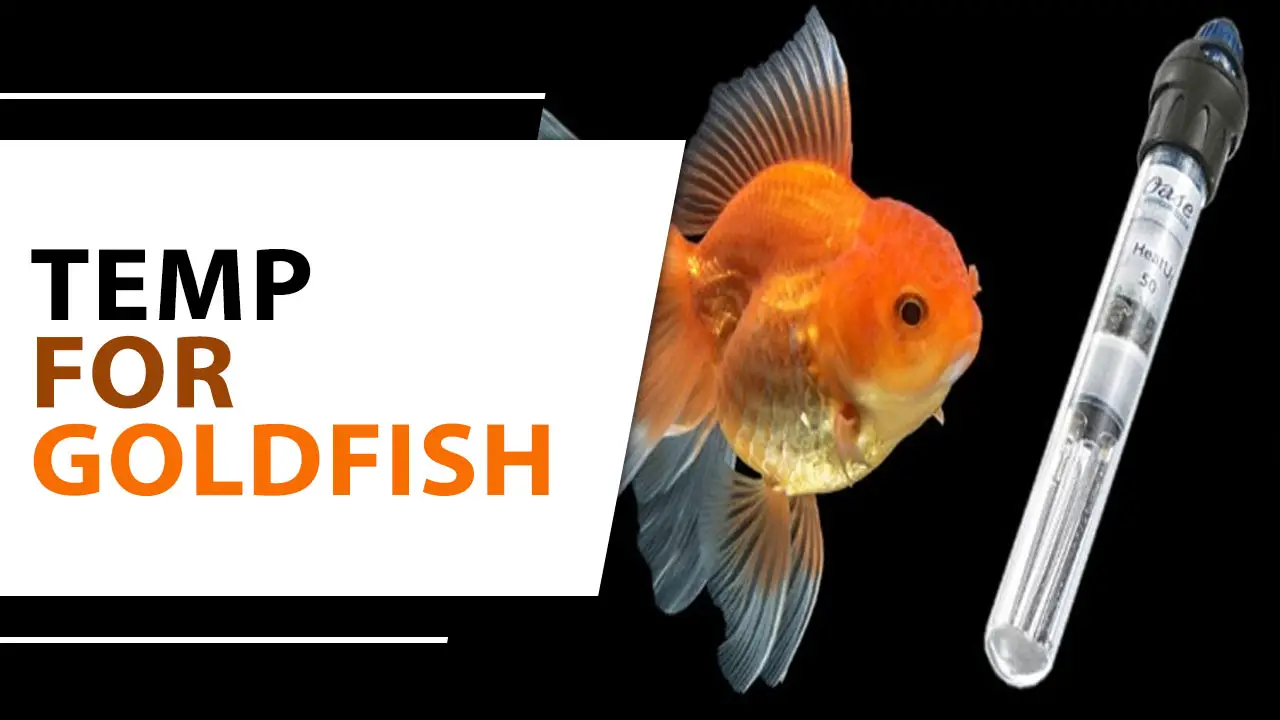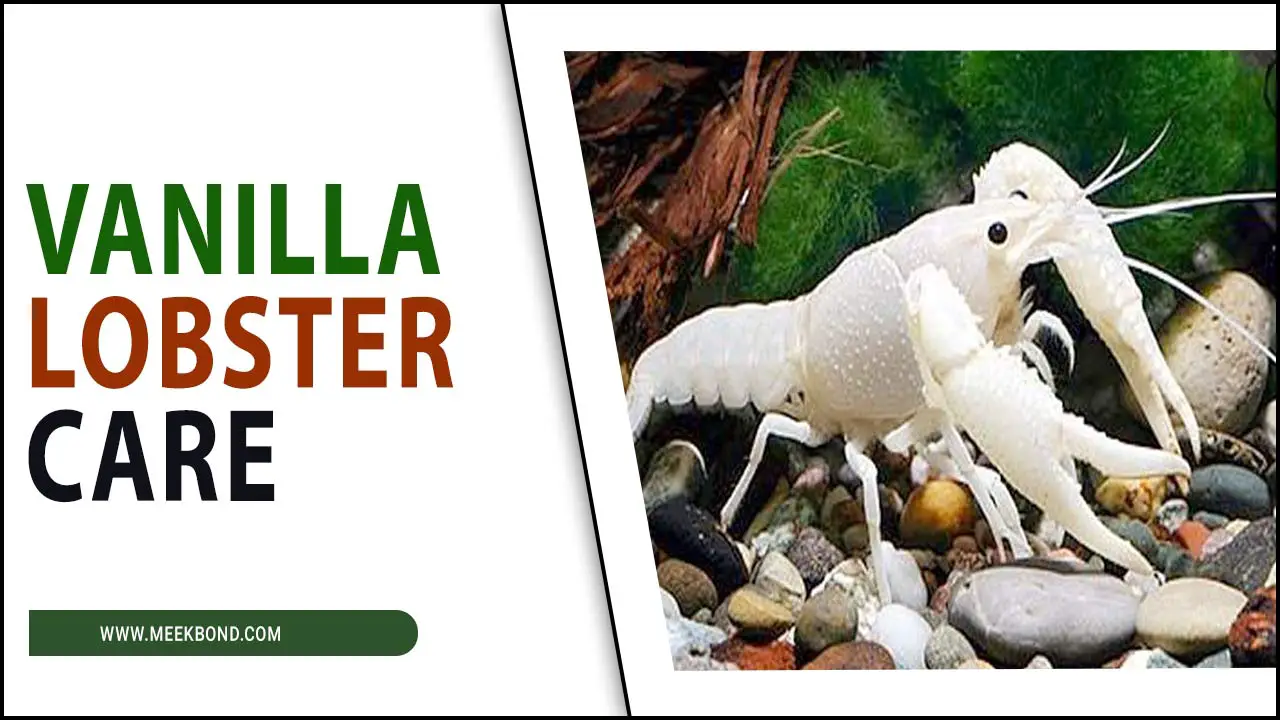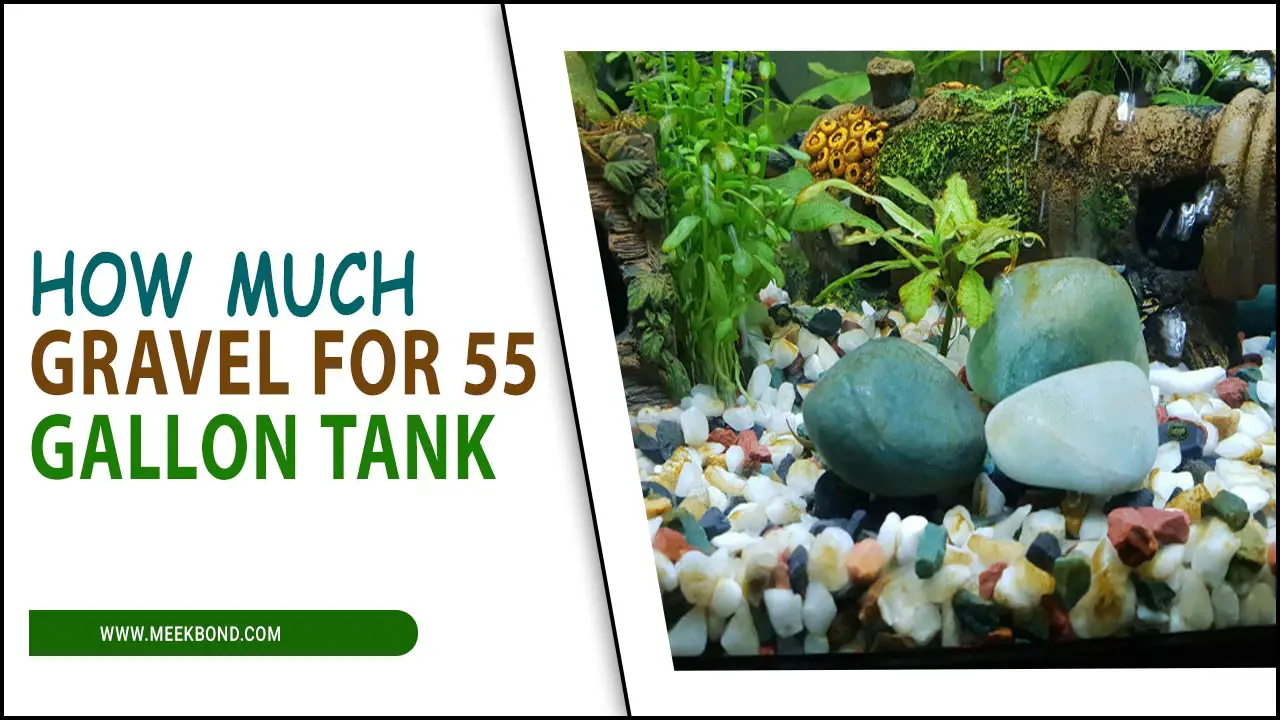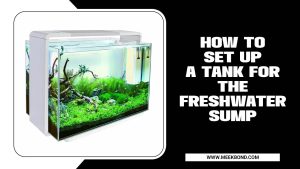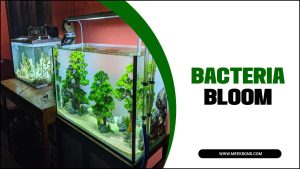Amano shrimp are a popular addition to many aquariums, and raising pregnant Amano shrimp can be a rewarding experience for any aquarist. These shrimp are known for their hardiness and ease of care, making them an excellent choice for beginner and experienced hobbyists.
If you are an aquarium enthusiast, you must have heard of Amano shrimp. They are a great addition to your aquatic ecosystem and play a vital role in keeping the tank clean by eating algae and other debris. We will discuss everything you need to know about how to raise pregnant amano shrimp in your aquarium.
We will cover identifying pregnant shrimp, setting up the tank for breeding, feeding requirements during pregnancy, and common issues that may arise. So, keep reading if you want to add new members to your aquatic family or learn more about these fascinating creatures.
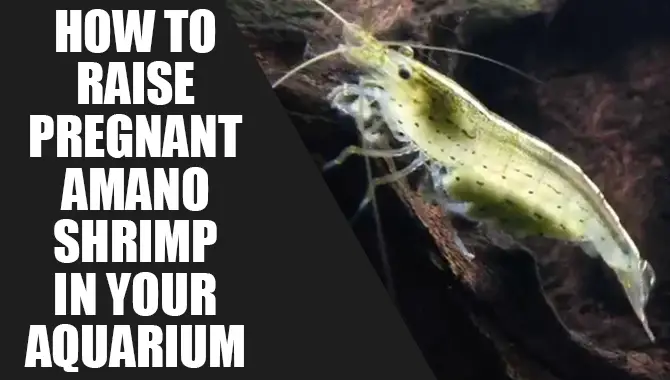
What Is an Amano Shrimp?

Amano shrimp is a popular freshwater species with unique traits, making them attractive for aquarium enthusiasts. These shrimp are an excellent addition to any tank as they help keep it clean by consuming algae and other organic matter.
They are also hardy animals that can withstand various water parameters, making them an ideal choice for beginners. However, breeding Amano shrimp can be challenging, requiring the proper setup and conditions. Pregnant Amano shrimp require even more exceptional care and attention during their gestation period to ensure healthy offspring.
How To Raise Pregnant Amano Shrimp In Your Aquarium: Explained
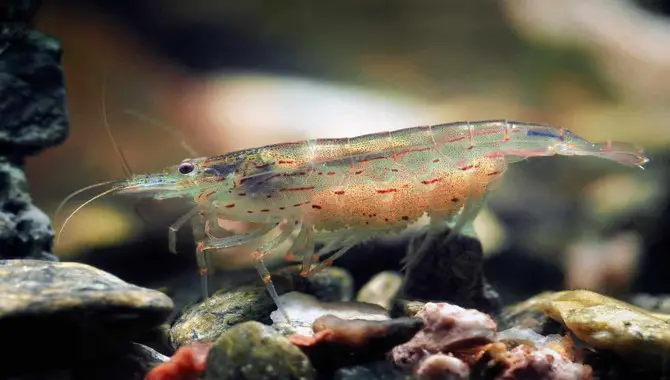
The Amano shrimp is a small aquatic crustacean species that can develop into adults in as little as three weeks. Its name means “monster shrimp” in Japanese, also known as jewel shrimp because of its shimmering blue colour. The Amano shrimp, which grows to less than 1 inch (2.5 centimetres) long, can survive in freshwater or salt water. Pregnant amano shrimp are the most rare form of shrimp.
So, how to raise pregnant amano shrimp in your aquarium? However, Raising pregnant Amano shrimp in your aquarium can be a rewarding experience for any aquatic enthusiast. These shrimp are known for their hardiness and adaptability, making them a great addition to any tank. There are a few key things to remember to successfully raise pregnant Amano shrimp to successfully raise pregnant Amano shrimp.
Understanding Pregnant Amano Shrimp
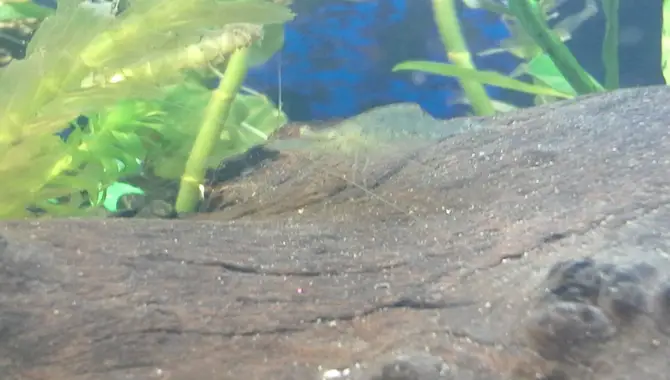
When raising pregnant Amano shrimp in your aquarium, paying attention to the salinity levels is essential. While these shrimp can tolerate a range of salinity levels, elevated salinity can be detrimental to their health and the health of their offspring.
When understanding pregnant Amano shrimp, there are several key factors to consider. One of the most important is identifying the signs of pregnancy, such as a swollen belly and yellowish eggs.
Once you have identified a pregnant shrimp, providing a suitable environment for her to thrive is essential. This means ensuring she has access to hiding places, clean water, and nutrient-rich foods to support her health and the growth of her eggs. By monitoring the progress of the pregnancy closely, you can be prepared to care for the newborn shrimp after hatching and ensure they receive the best possible start in life.
Identifying Pregnant Amano Shrimp
Observing Amano shrimp’s behaviour and physical characteristics can help identify pregnant females. One of the most notable signs of pregnancy is a saddle-shaped structure on their backs, which is the mass of eggs the female shrimp carry until they hatch. Pregnant Amano shrimp tend to have swollen bellies and yellowish eggs visible through their translucent carapace.
It’s essential to provide hiding places in the aquarium for pregnant Amano shrimp as they can be easily stressed, and this can cause health problems for both the mother and her offspring. In addition to proper support for hiding, maintaining good water quality and providing appropriate lighting conditions can help support healthy pregnancies in Amano shrimp.
Setting up the Tank for Pregnant Amano Shrimp
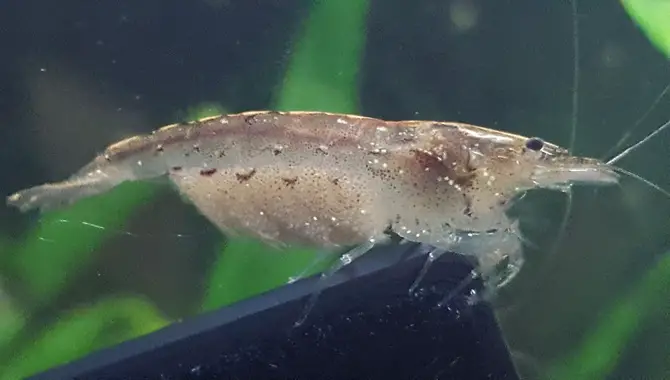
Creating a suitable environment for pregnant Amano shrimp is crucial for their health and the development of their offspring. Start by selecting an appropriate tank size and substrate to set up the tank. Amano shrimp prefer spacious tanks with plenty of hiding spaces, so aim for a 10-gallon or larger tank with plenty of decorations and plants.
Additionally, ensure that the temperature, pH, and hardness levels are optimal for Amano shrimp by conducting regular water tests. Once you have a suitable tank, offer a varied diet that includes protein-rich foods to support the nutritional needs of pregnant Amano shrimp. You can help ensure successful pregnancies and healthy offspring by providing a safe and comfortable environment.
Tank Size And Accessories
Selecting the right tank size and accessories is crucial when setting up a pregnant Amano shrimp tank. A larger tank can provide more space for the shrimp to swim and explore while accommodating more individuals. To create a natural environment for the shrimp, consider adding plants, rocks, and driftwood.
These accessories will provide hiding places for the shrimp and promote their overall well-being. However, it’s essential to ensure that the water parameters in the tank remain stable and appropriate for the health of the shrimp. Monitoring temperature, pH, and ammonia levels is essential to maintain optimal conditions for pregnant Amano shrimp.
Water Parameters for Pregnant Amano Shrimp
Maintaining stable water parameters is crucial for the successful growth and breeding of pregnant Amano shrimp. These shrimp require specific environmental conditions, including a temperature range of 72-78°F (22-26°C), pH levels between 7.0-8.0, and water hardness ranging from 4 to 6 KH.
In addition, it’s essential to maintain high water quality by keeping a clean tank with proper filtration. Providing hiding places and natural food sources can also improve the chances of successful breeding by reducing stress on the shrimp. Keeping these factors in mind and monitoring the water parameters consistently will ensure a healthy environment for your pregnant Amano shrimp to thrive in your aquarium.
Feeding Pregnant Amano Shrimp
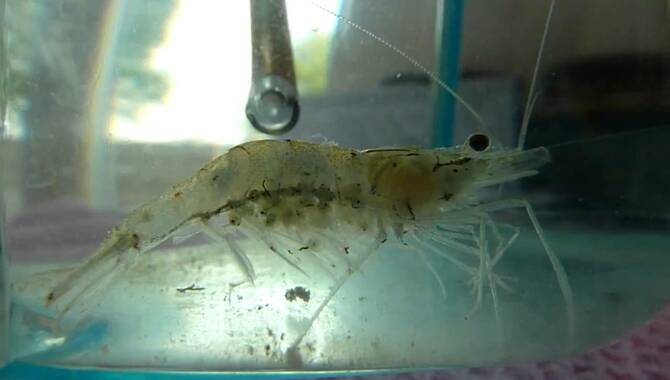
Providing proper nutrition is essential for the health of pregnant Amano shrimp. These tiny crustaceans require a diet rich in calcium and protein to support the development of their eggs. Feeding them a varied diet that includes algae, vegetables, and high-quality pellet or flake food can help meet their nutritional needs. It’s essential to avoid overfeeding as it can lead to poor water quality and harm the shrimp. Supplementing their diet with specialized shrimp food or supplements can provide additional nutrients for healthy egg development.
Maintaining consistent water parameters and regular water changes are also crucial for the health of pregnant Amano shrimp and their offspring. Providing natural food sources like plant matter, fish flakes, or shrimp pellets can improve these creatures’ nutrition and environmental enrichment.
Keeping an adequate feeding schedule is also essential for successful breeding. A good rule of thumb is to feed them once or twice a day. But adjusting the amount based on the number of shrimp in your tank is necessary to ensure optimal health.
Providing Nutritious Food
Feeding pregnant Amano shrimp is vital to ensure their health and the survival of their offspring. Providing a varied diet that includes high-quality protein sources and algae-based foods like spirulina can aid in meeting their nutritional requirements. It’s crucial to be mindful of overfeeding, which can lead to poor water quality and harm the shrimp’s health. Offering small amounts of food multiple times daily ensures all shrimp have access to nutrition.
Remember that female Amano shrimp require additional calcium during pregnancy during pregnancy for healthy egg development. Specialized supplements or shrimp food can provide the necessary nutrients for successful breeding. You can support the health of your pregnant Amano shrimp and their offspring by providing nutritious food and maintaining good water quality.
Feeding Schedule
Consistency is vital when it comes to feeding pregnant Amano shrimp. Establishing a regular feeding schedule ensures that the shrimp receive proper nutrition and promotes the mother’s and her offspring’s health. It’s recommended to feed them small portions of high-quality food twice a day. Including protein-rich sources like shrimp pellets or algae wafers and fresh vegetables such as zucchini or spinach.
Overfeeding should be avoided as it can lead to poor water quality and harm the shrimp’s health. All shrimp can access the necessary nutrition without compromising water quality by offering small amounts of food multiple times a day. Monitoring the water parameters regularly is also essential to ensure they remain safe for the pregnant shrimp and their babies. Following a consistent feeding schedule promotes healthy egg development and raises healthy Amano shrimp in your aquarium.
What Are the Requirements for Breeding Amano Shrimp?
Breeding Amano shrimp requires meticulous attention to detail and adherence to specific requirements. Understanding these requirements is crucial for successful breeding. One of the essential requirements is maintaining specific water parameters, such as a pH range of 6.5-7.5 . And a temperature between 22-25°C.
Providing a balanced diet with proper nutrients is also crucial for successful breeding. Additionally, a suitable breeding tank with hiding places and adequate space is necessary for the shrimp to breed comfortably. Mastering the mating behaviour of Amano shrimp can further increase the likelihood of successful breeding. Along with proper care for newborns, including providing enough food and maintaining suitable water conditions.
Common Issues With Raising Amano Shrimp
Maintaining good water quality is crucial for the health and survival of Amano shrimp. Poor water conditions can lead to stress, disease, and even death, making it essential to monitor water parameters regularly. A balanced diet with proper nutrients is also also necessary for healthy growth and development.
Algae, pellets, and other foods should be delivered in suitable quantities to ensure the shrimp receive all the essential nutrients. Tank compatibility is also crucial as some fish species may harm or stress Amano shrimp. Lastly, moulting is a vulnerable time for Amano shrimp, so monitoring them closely during this phase is essential to prevent any issues. By considering these factors and providing appropriate care. You can help increase the chances of successful Amano shrimp breeding and raising healthy offspring.
Conclusion
Raising pregnant Amano shrimp is an exciting and rewarding experience for aquarium enthusiasts. It requires careful attention to tank setup, water parameters, feeding, and breeding requirements. One important thing to remember is to watch out for common issues like overcrowding.
Poor water quality, and lack of proper nutrition. By following the tips mentioned in this blog, you can successfully raise healthy and happy pregnant Amano shrimp in your aquarium. If you want to learn more about raising different types of shrimp or other aquatic creatures, I hope you understand how to raise pregnant amano shrimp in your aquarium. In my experience, this species canconsistently thrives with less social companionship by establishing its roles.
Frequently Asked Questions
DO AMANO SHRIMP BREED QUICKLY?
Amano shrimp are notoriously difficult to breed in an aquarium setting. Their eggs require brackish water conditions to hatch, which can be challenging to replicate in a home aquarium. As a result, it is more common to purchase adult Amano shrimp rather than attempting to breed them. While proper care and the environment can encourage breeding, it is not guaranteed, and most hobbyists opt for purchasing adult specimens instead.
How Big Can They Get?
The Amano shrimp grows to approximately 3.75cm in length in the wildh in the wild, although I have kept a 10+ cm specimen with no significant issues. This species’ long lifespan and ability to spawn polyps mean it can reproduce well in captivity and procreate very quickly given conditions that favour its lifestyles, such as high-quality food and living spaces.
How Long Do Amano Shrimp Stay Pregnant?
As with many shrimp species, Amano shrimp do not carry their young inside their bodies but instead lay eggs that hatch into larvae. The female has the eggs for approximately 3-4 weeks before hatching. After hatching, the larvae will continue developing and growing in the aquarium until adulthood. It is essential to provide adequate care during this time to ensure the survival and growth of newborns.
Can These Shrimp Survive Without Their Tail?
Yes! They can live on algae; during this stage, they are called Sea Anemone Shrimp or Aannasama shrimps/names. Give them plenty of space, so they have lots of food and enough room for polyp growth,, occupying all available nutrients after fastening off ends on their body until polyp growth subsides.
IS THE AMANO SHRIMP SUITABLE FOR YOUR AQUARIUM?
Amano shrimp are a great addition to aquariums because they eat algae and keep tanks clean. They can coexist with other peaceful fish and invertebrates but may be preyed upon by larger species. Amano shrimp need a well-established tank with plenty of hiding places and plants to thrive. Before adding new species to your aquarium, consult a knowledgeable pet store employee or aquatic specialist to ensure the best possible outcome for all inhabitants.

Aquarium passion is all about connecting with the aquatic life and providing education to the public on the importance of these creatures. We showcase a wide variety of marine life through our exhibits as well as working with schools to provide unique learning opportunities for students of all ages.

